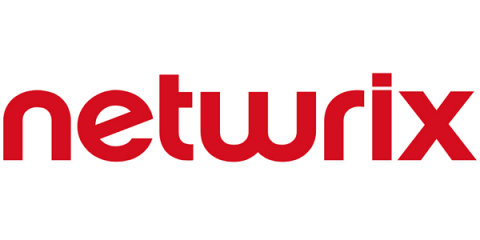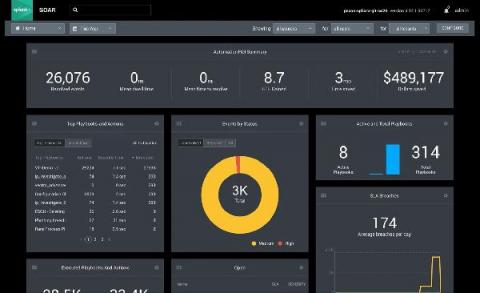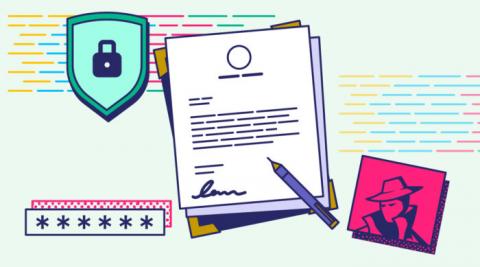Voice-Activated Device Privacy: What You Need to Know
When it comes to evaluating technology in the home, there seems to be no shortage of new devices and shiny gadgets, mainly part of the Internet of Things (IoT), to discuss. Unfortunately, there seems to be no shortage of security issues to consider regarding these same devices, either.









